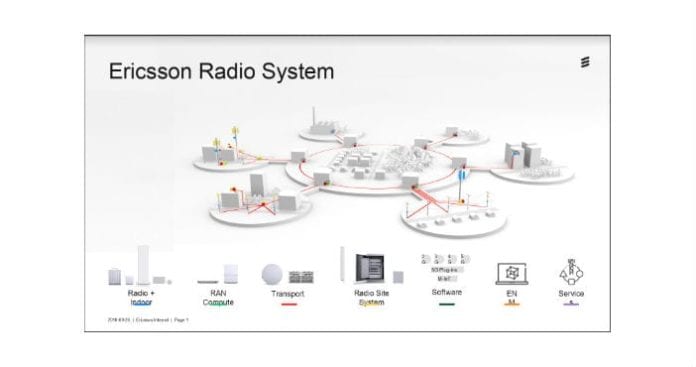5G transport networks must evolve in tandem with the RAN and core
Operators around the world are working to build and commercialize 5G networks while simultaneously upgrading existing networks to provide a gigabit-class LTE surround for the next generation of cellular connectivity. And while enhancements to the radio access and core networks garner significant mind share, 5G transport networks must concurrently evolve to support the massive increases in network capacity and device density commanded by 5G.
A key aspect of network densification in the ramp to 5G is the addition of radio sites, in particular small cells. The first wave of small cell deployments was meant to provide pinpoint coverage and capacity to supplement the reach of macro networks. The second wave of small cells was a much wider deployment intended to offload data from the macro network in densely populated areas. Now, with early 5G deployments centered on millimeter wave frequencies, operators will provide a dense network with gigabit speeds over that air, using high-band spectrum, with more limited propagation than 4G, resulting in smaller, more closely spaced cells at street level.
The emerging small cell architecture, designed to improve spectral and network efficiency, is called C-RAN (Centralized RAN) wherein centralized baseband units are connected to multiple, remote radio sites. Pooling baseband functionality allows for radio coordination across multiple sites lending a new level of flexibility in the rapidly changing cellular landscape. But these investments in the RAN require updates to the transport network.
The link between a C-RAN hub and a remote radio site is called fronthaul, as opposed to backhaul, which links the baseband with the core network. Dark fiber (i.e. fiber with no transport equipment in the circuit) is the preferred medium for fronthaul, because it has the lowest latency. For carriers, this means leasing fiber, and using it as efficiently as possible, by using dense wave division multiplexing to maximize the amount of data that can be transmitted across each fiber.
Ericsson’s Kevin Murphy, technical solutions manager, discussed the challenges operators face in providing fronthaul capacity with DWDM to meet the demands of 5G.
 “Macro cell sites can have many radios and would need many fibers to connect the radios to a C-RAN hub. Since fiber is leased per circuit, this would be very costly, and the fiber circuits may not be immediately available. To save leasing costs, a DWDM system like the Ericsson Fronthaul 6000 can be used to multiplex up to 24 fronthaul circuits onto a single fiber strand.
“Macro cell sites can have many radios and would need many fibers to connect the radios to a C-RAN hub. Since fiber is leased per circuit, this would be very costly, and the fiber circuits may not be immediately available. To save leasing costs, a DWDM system like the Ericsson Fronthaul 6000 can be used to multiplex up to 24 fronthaul circuits onto a single fiber strand.
“The introduction of 5G creates an even greater challenge, since 5G radios have much higher bandwidth and typically need many more fiber per site. When 5G radios are installed on an existing 4G site, DWDM allows the operators to use the existing fiber without incurring any extra fiber leasing costs.”
Another key aspect of 5G deployment is the ability to conceal equipment on utility poles to comply with city permits and avoid problems with residents concerned with the aesthetics of their area. By coordinating the development of the radio and the transport equipment, Ericsson was able to create a unified appearance for the pole mounted components, using the smallest possible form factor, to make the equipment aesthetically pleasing. This facilitates the permitting process and greatly improves time to market.
“As 5G evolves,” Murphy said, “we will see new interfaces, in addition to fronthaul and backhaul, with different capacity and latency demands. Already we are planning to increase port capacity from 10 Gbps to more than 25 Gbps. Any transport solution that is installed today must be able to quickly adapt to new protocols and data rates while simultaneously supporting legacy RAN interfaces. The Ericsson Fronthaul solution is designed to keep pace with these changes by using “protocol and rate agnostic” ports that can be configured to support all the upcoming RAN interfaces. This is the advantage of having RAN and transport equipment designed together as an end to end solution.

To learn more about Ericsson’s 5G transport portfolio and how it fits into the company’s end-to-end 5G solution set, click here.

